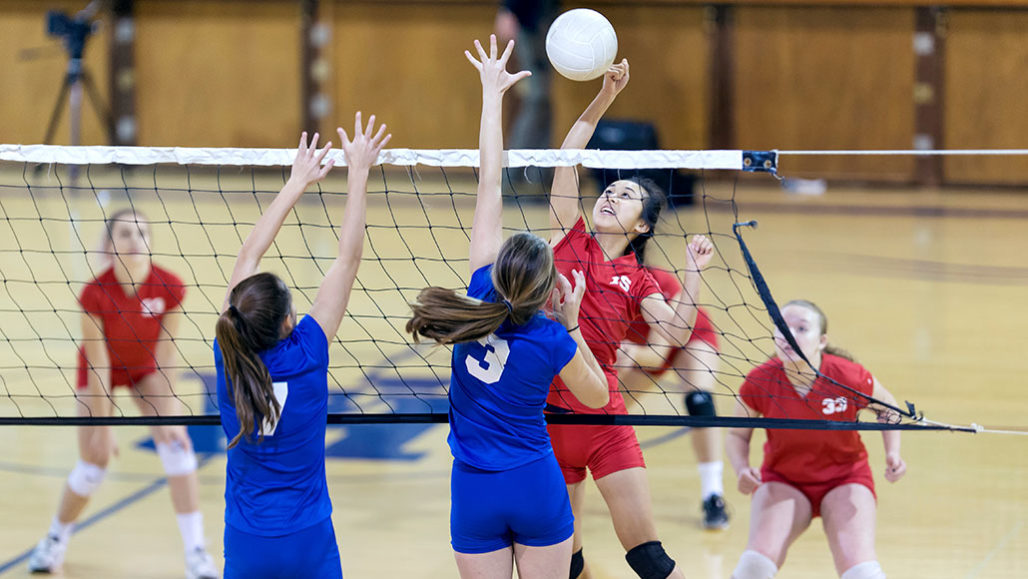angular momentum: A moving object is said to have momentum. When that object is rotating, the term becomes angular momentum. And that movement will not alter its speed unless acted on by another force.
arc: A curve, often mapping out what appears to be part of a circle.
constant: Continuous or uninterrupted.
force: Some outside influence that can change the motion of a body, hold bodies close to one another, or produce motion or stress in a stationary body.
friction: The resistance that one surface or object encounters when moving over or through another material (such as a fluid or a gas). Friction generally causes a heating, which can damage a surface of some material as it rubs against another.
hurricane: A tropical cyclone that occurs in the Atlantic Ocean and has winds of 119 kilometers (74 miles) per hour or greater. When such a storm occurs in the Pacific Ocean, people refer to it as a typhoon.
mass: A number that shows how much an object resists speeding up and slowing down — basically a measure of how much matter that object is made from.
momentum: A measure of the motion of something, made by multiplying its mass and velocity. Changing the speed or direction of an object will also alter its momentum.
velocity: The speed of something in a given direction.








